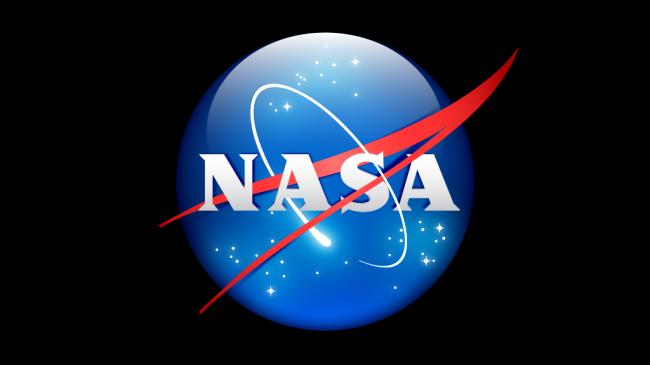
NASA observations reshape basic plasma wave physics
A new finding, presented in a paper in Nature Communications, provides observational proof of a 50-year-old theory and reshapes the basic understanding of a type of wave in space known as a kinetic Alfvén wave.
The results, which reveal unexpected, small-scale complexities in the wave, are also applicable to nuclear fusion techniques, which rely on minimizing the existence of such waves inside the equipment to trap heat efficiently.
Kinetic Alfvén waves have long been suspected to be energy transporters in plasmas — a fundamental state of matter composed of charged particles — throughout the universe. But it wasn’t until now, with the help of MMS, that scientists have been able to take a closer look at the microphysics of the waves on the relatively small scales where the energy transfer actually happens.
“This is the first time we’ve been able to see this energy transfer directly,” said Dan Gershman, lead author and MMS scientist at NASA’s Goddard Space Flight Center in Greenbelt, Maryland, and the University of Maryland in College Park. “We’re seeing a more detailed picture of Alfvén waves than anyone’s been able to get before.”
The waves could be studied on a small scale for the first time because of the unique design of the MMS spacecraft. MMS’s four spacecraft fly in a compact 3-D pyramid formation, with just four miles between them — closer than ever achieved before and small enough to fit between two wave peaks. Having multiple spacecraft allowed the scientists to measure precise details about the wave, such as how fast it moved and in what direction it travelled.
Previous multi-spacecraft missions flew at much larger separations, which didn’t allow them to see the small scales — much like trying to measure the thickness of a piece of paper with a yardstick. MMS’s tight flying formation, however, allowed the spacecraft to investigate the shorter wavelengths of kinetic Alfvén waves, instead of glossing over the small-scale effects.
“It’s only at these small scales that the waves are able to transfer energy, which is why it’s so important to study them,” Gershman said.
As kinetic Alfvén waves move through a plasma, electrons traveling at the right speed get trapped in the weak spots of the wave’s magnetic field. Because the field is stronger on either side of such spots, the electrons bounce back and forth as if bordered by two walls, in what is known as a magnetic mirror in the wave. As a result, the electrons aren't distributed evenly throughout: Some areas have a higher density of electrons, and other pockets are left with fewer electrons. Other electrons, which travel too fast or too slow to ride the wave, end up passing energy back and forth with the wave as they jockey to keep up.
The wave’s ability to trap particles was predicted more than 50 years ago but hadn’t been directly captured with such comprehensive measurements until now. The new results also showed a much higher rate of trapping than expected.
This method of trapping particles also has applications in nuclear fusion technology. Nuclear reactors use magnetic fields to confine plasma in order to extract energy. Current methods are highly inefficient as they require large amounts of energy to power the magnetic field and keep the plasma hot. The new results may offer a better understanding of one process that transports energy through a plasma.
“We can produce, with some effort, these waves in the laboratory to study, but the wave is much smaller than it is in space,” said Stewart Prager, plasma scientist at the Princeton Plasma Physics Laboratory in Princeton, New Jersey. “In space, they can measure finer properties that are hard to measure in the laboratory.”
This work may also teach us more about our sun. Some scientists think kinetic Alfvén waves are key to how the solar wind — the constant outpouring of solar particles that sweeps out into space — is heated to extreme temperatures. The new results provide insight on how that process might work.
Throughout the universe, kinetic Alfvén waves are ubiquitous across magnetic environments, and are even expected to be in the extra-galactic jets of quasars. By studying our near-Earth environment, NASA missions like MMS can make use of a unique, nearby laboratory to understand the physics of magnetic fields across the universe.
Support Our Journalism
We cannot do without you.. your contribution supports unbiased journalism
IBNS is not driven by any ism- not wokeism, not racism, not skewed secularism, not hyper right-wing or left liberal ideals, nor by any hardline religious beliefs or hyper nationalism. We want to serve you good old objective news, as they are. We do not judge or preach. We let people decide for themselves. We only try to present factual and well-sourced news.







